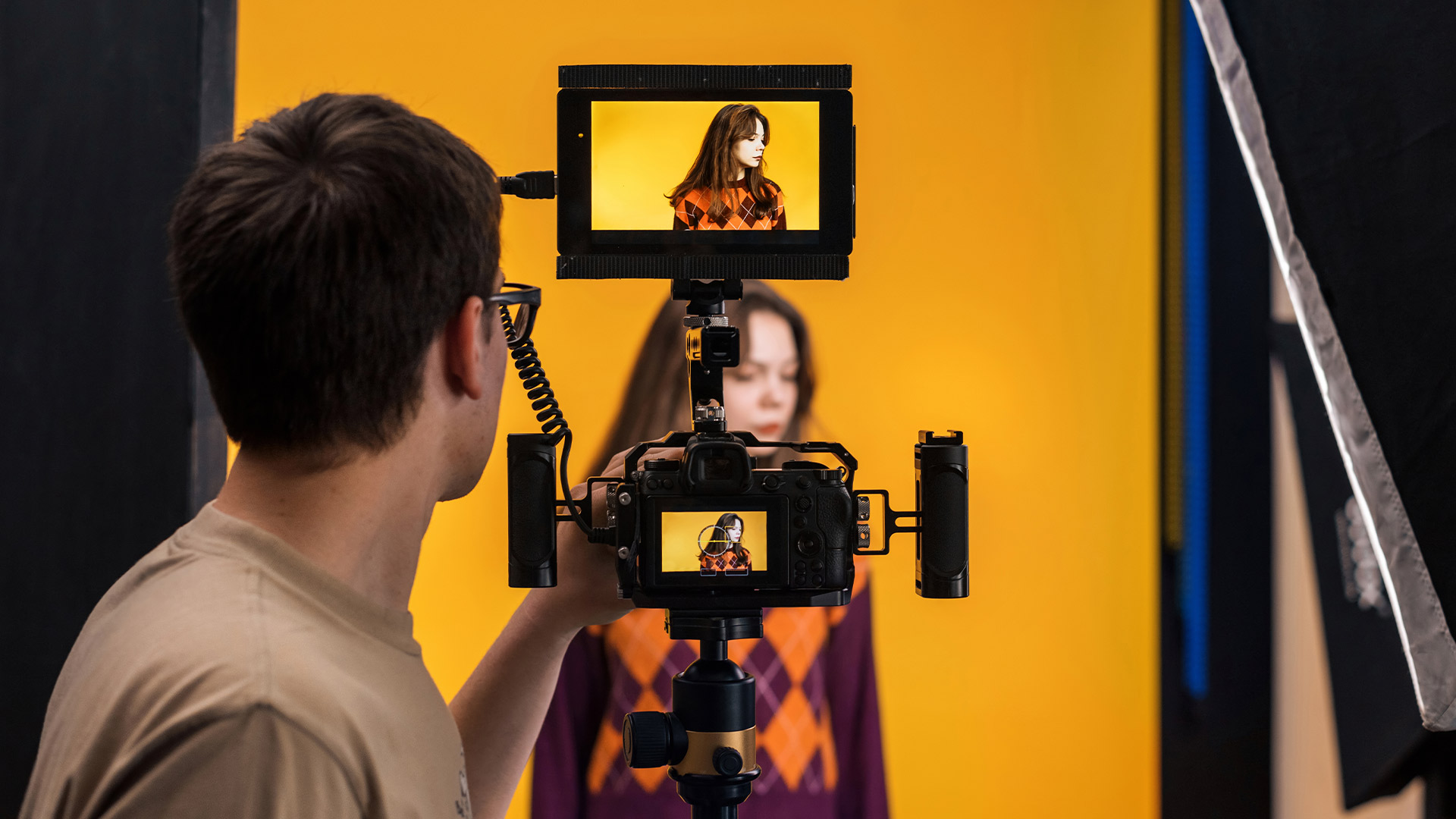You know those videos about tax spreadsheets or laundry hacks that rack up millions of views? Yeah, the ones that make you go, “Wait, really? That went viral?” The truth is, nothing’s boring if you deliver it the right way.
Let’s talk about how creators turn the driest subjects into can’t-look-away content. No, you don’t need a dancing mascot or a fog machine—just a few tricks that help boring feel surprisingly bingeable.
Find One Weird or Relatable Angle
The fastest way to turn a “blah” topic into something clickable? Get specific. Weirdly specific.
“Budgeting” feels like homework. But “How I used frozen veggies to save $200 this month” feels like something worth watching.
When you pick one clear angle, people know what they’re getting—and more importantly, why they should care. Zoom in, don’t zoom out.
Try these shifts:
- Instead of “Laundry Tips,” go with “Why I Only Use One Sock per Load (and It Works)”
- Instead of “Time Management,” try “The $3 Timer That Got Me to Stop Procrastinating”
- Instead of “Email Organization,” say “The Ridiculous Way I Got My Inbox to Zero”
Boring topics become interesting when they feel oddly personal or weirdly useful.
Make It About You, Not a Lecture
Nobody wants to be lectured by a stranger on the internet. But people love hearing real stories from real people—even if it’s about something super mundane.
The trick? Don’t position yourself like a teacher. Talk like a friend. Instead of saying, “You need to do this,” say, “Here’s what I tried and how it worked out.”
A little self-deprecating humor goes a long way too. People are more likely to watch your closet clean-out if you open with, “I found a pair of jeans from 2008, and emotionally, I wasn’t ready.”
Let people in on your chaos. It makes you relatable, even if the topic is dry.
Lead with the “So What?”
Let’s say your video is about browser extensions for productivity. Cool. But why should someone care?
Start by answering the question that’s already in the viewer’s head: “What’s in it for me?”
Examples that work:
- “This tool saved me 40 minutes a day—no joke.”
- “I haven’t missed a bill in 6 months because of this one setting.”
- “Here’s the only to-do list app I’ve actually stuck with.”
Don’t build up to the payoff. Lead with it. If they get the “so what” upfront, they’ll stay to see the “how.”
Add Some Drama (Even a Tiny Bit)
A little spice can save a bland concept. No, you don’t need to fake anything. But framing matters.
Instead of:
“I tried three sleep tracking apps.”
Try:
“I didn’t sleep for three nights because of these sleep apps.”
Or:
“I let AI plan my meals for a week. I barely survived.”
Give the viewer something to react to. Curiosity, humor, surprise—any emotion works better than none.
Choose a Format That Doesn’t Feel Boring
If the subject’s already dry, don’t double down with a stiff format. Loosen it up.
Instead of a straight talk-to-camera, try:
- A casual voiceover while you cook, clean, or walk
- Split-screen reactions to a process or tutorial
- A time-lapse with funny captions
- A mini “day in the life” with moments of struggle or chaos
The delivery matters as much as the message. If you’re talking about meal planning, do it while unpacking groceries or while the pasta’s boiling. Keep it moving.
Be Yourself, Then Turn That Up
When your topic isn’t exciting, you have to be. That doesn’t mean you need to shout or dance (unless that’s your thing). It just means you need to lean into your personality.
The way you talk, your expressions, your side comments—that’s the hook.
It helps to:
- Say things the way you actually talk, not how you think you’re “supposed” to sound
- Use fun little phrases or weird analogies
- React like a real person when something surprises you
If someone comments, “I stayed for your facial expressions,” you’re doing it right.
Keep It Tight and Light
There’s no room for slow intros or five-minute setups in short-form video. You’ve got to grab and go.
- Skip the greetings and dive straight into the meat
- Trim out filler words or long pauses in editing
- Focus on one message per video—not everything at once
When in doubt, shorter is better. If your point takes too long to get to, you’ve already lost half your audience.
Real-World Example: Making Budgeting Watchable
One creator posted a video called:
“Why My Budget Spreadsheet Looks Like a Party”
In the first second, there was confetti. Literal confetti. Then she walked through color-coded tabs like “Oops” and “Fun Money,” all while sipping a glittery drink.
It was over-the-top, funny, and totally relatable. Budgeting was no longer a chore—it was a vibe.
That clip hit over 1.5 million views, all because she made the boring thing feel... fun.
Don’t Chase Viral. Just Chase Clarity + Character
You don’t need to make every video go viral. But you can make any topic more clickable by:
- Narrowing your angle
- Making it personal
- Adding tension or humor
- Picking a format that feels alive
- Being unfiltered—but still useful
If someone finishes your video and says, “I didn’t think I’d care about this, but that was kind of great,” you’ve nailed it.




